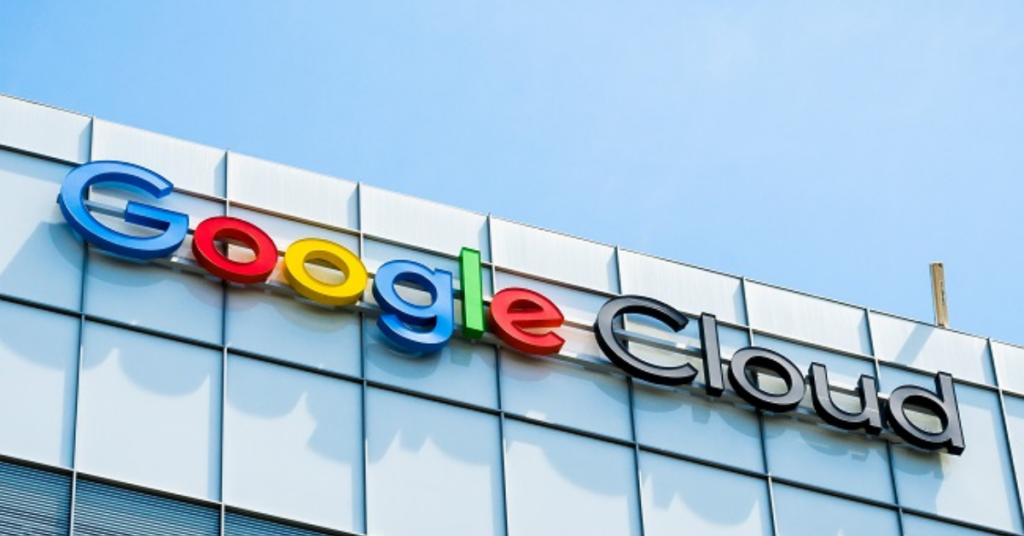In the dynamic world of workplace management, the introduction of a new tracking system by Amazon has sparked a passionate discussion about employee monitoring and trust. This system, known as “coffee badging,” has been implemented to closely monitor employees’ presence in the office, especially during important events such as Prime Day. Although the goal is to enhance productivity and establish accountability, it brings up important concerns regarding the fine line between operational efficiency and employee privacy.
As companies adapt to the new realities of hybrid work models in the post-COVID era, the importance of balancing productivity with a positive work environment has become more evident. Amazon’s approach, on the other hand, serves as a valuable lesson on the potential consequences of excessive tracking.
The Dangers of “Coffee Badging”
The idea of “coffee badging” – where employees’ movements are tracked through their badge swipes – may appear to be a natural progression for a company focused on data analysis. Nevertheless, it overlooks the intangible elements of work that play a crucial role in fostering a vibrant workplace culture. The value of innovation, collaboration, and employee satisfaction cannot always be measured by the amount of time spent at a desk or in an office.
In addition, these invasive tracking methods have the potential to undermine the trust between employers and employees, which is crucial for the foundation of a thriving organization. When employees perceive constant monitoring, it can result in heightened stress, lowered morale, and ultimately, diminished productivity – the complete opposite of the intended goals of such systems.
Striking a Balance Between Efficiency and Confidentiality
So, what other options are there? How can businesses strike a balance between maintaining productivity and respecting employee privacy?
The success lies in working together and finding common ground. Instead of imposing tracking systems without discussion, organizations should involve their employees in open conversations about measuring productivity. This collaborative approach can result in solutions that give managers the necessary insight while also respecting the independence and privacy of employees.
Strategies for Effective Workplace Management
Here are a few approaches to consider:
1. Prioritize results, not the number of hours worked: Shift the focus towards the quality and timely completion of tasks. This approach acknowledges that productivity is not solely dependent on being physically present.
2. Establish clear and measurable performance metrics: Create well-defined, mutually agreed-upon key performance indicators (KPIs) that are in line with the company’s goals and the responsibilities of each team member.
3. Utilize technology strategically: Opt for tools and systems that enhance productivity without being overly intrusive. Project management software, for instance, offers the advantage of providing visibility into work progress without the need to closely monitor every action taken.
4. Cultivate an environment of trust: Promote transparent communication and exhibit confidence in your team’s capacity to handle their tasks and time efficiently.
5. Embrace the need for flexibility: Understand that different roles and individuals may have different needs when it comes to being physically present in the office. A one-size-fits-all approach is often ineffective.
6. Regular check-ins: Instead of constantly keeping tabs, set up regular one-on-one meetings to talk about progress, obstacles, and objectives.
Gaining Insights from Amazon’s Experience
The public outcry over Amazon’s tracking method highlights the dangers of placing data collection above the welfare of employees. It serves as a powerful reminder that while pursuing efficiency, we should never overlook the essential human factor that propels genuine innovation and achievement.
As we navigate through this new era of work, it’s important to keep in mind that creating a productive environment relies on making employees feel appreciated, respected, and empowered. By finding the perfect equilibrium between responsibility and freedom, companies can establish a work environment that not only fulfills operational requirements but also fosters the ingenuity and commitment of their employees.
Fostering a Harmonious and Empowering Work Environment
Ultimately, the objective should be to establish a mutually beneficial dynamic where the company’s productivity requirements align with the employees’ desire for trust and respect. This well-rounded approach will not only result in improved business results, but also foster a highly committed, dedicated, and ultimately more efficient workforce.
The lesson from Amazon’s misstep is evident: when striving for productivity, it is crucial not to compromise the essential elements that foster a thriving workplace – trust, respect, and human dignity. By studying this illustration and adopting more considerate, cooperative methods of managing employees, companies can create a path towards a future of work that is both effective and empowering.




